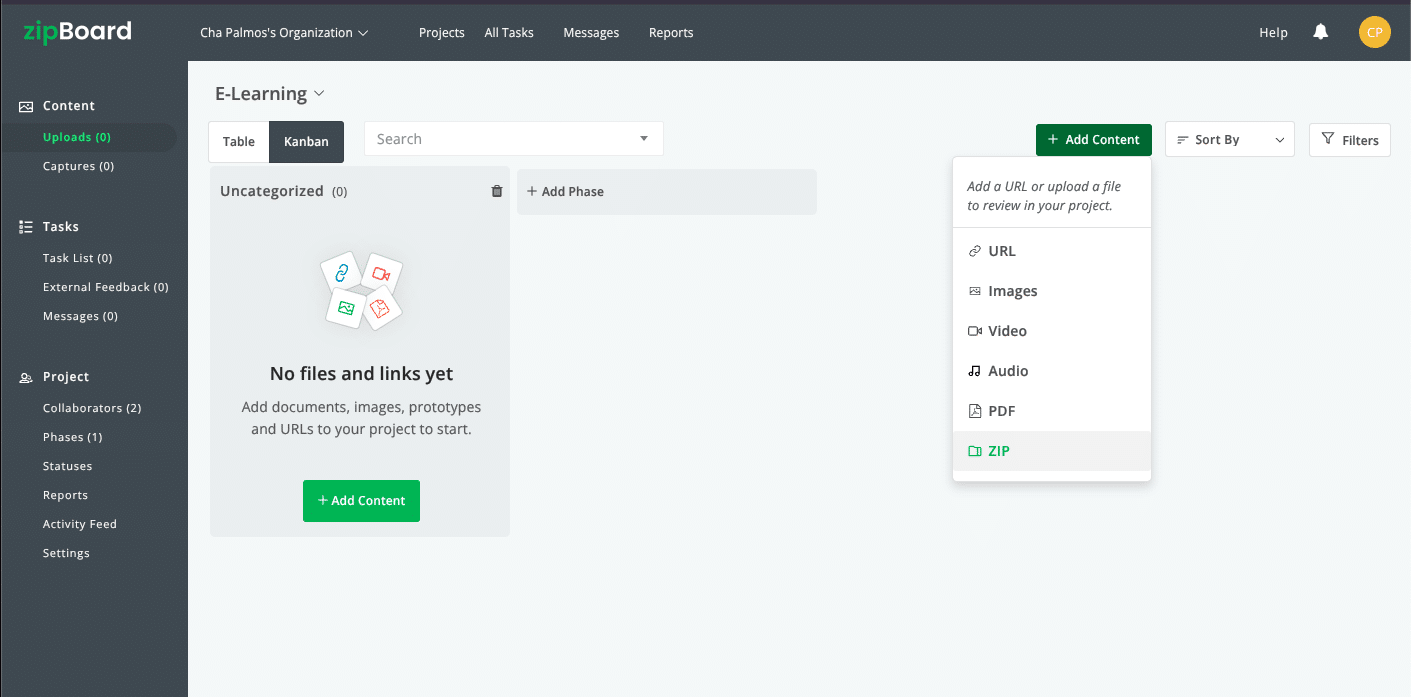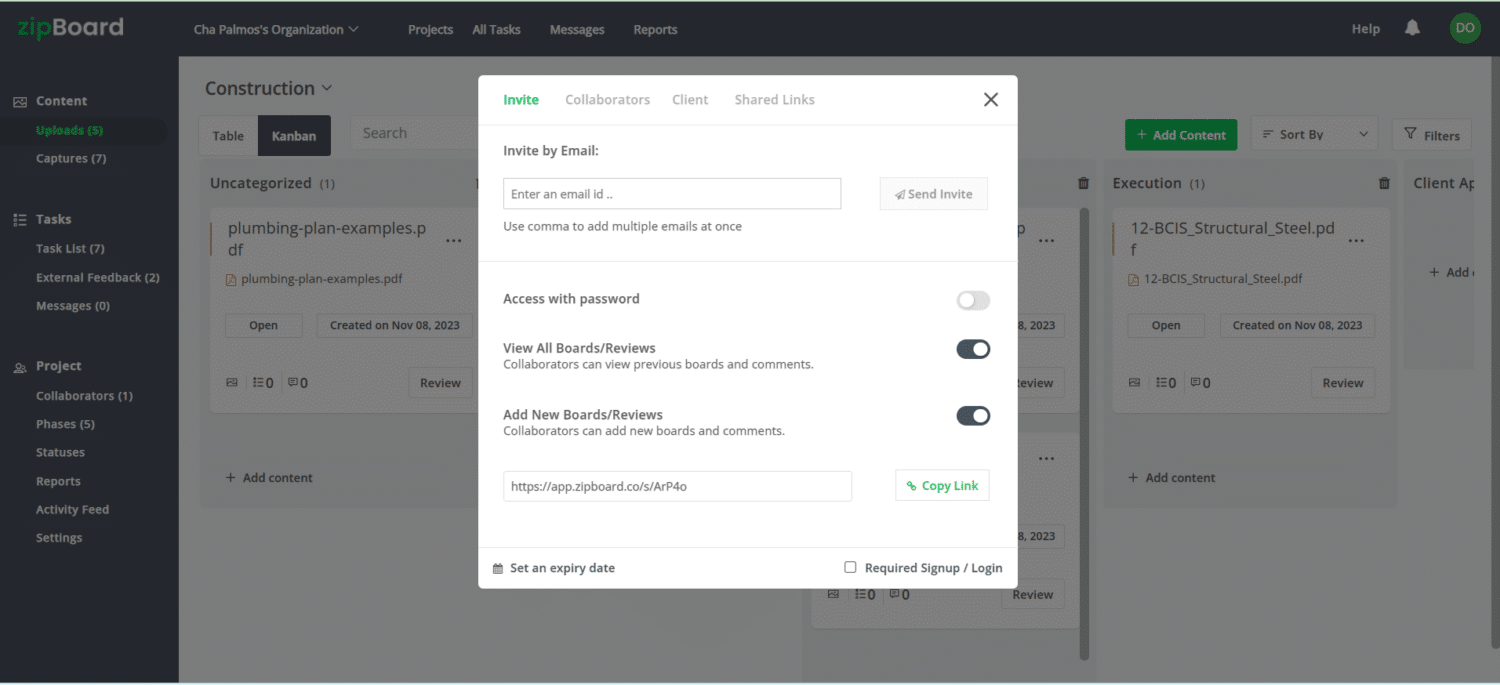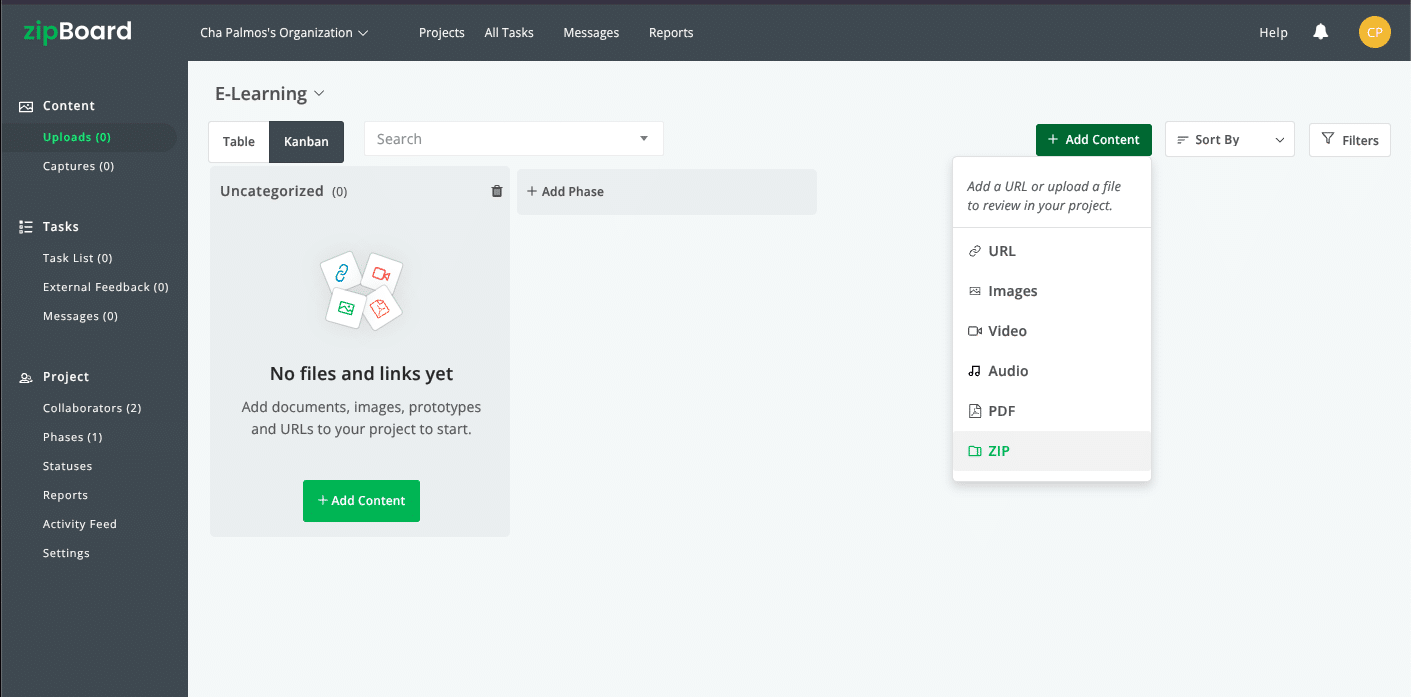- Storyline 360 (Desktop): Storyline 360 allows you to create interactive content and responsive courses which dynamically adapt to any screen size. Its in-built player supports multiple touchscreen gestures to make it more interactive for tablets and mobile users.
With Storyline 360, you can create unlimited number of interactions. Articulate claims this new tool is “simple enough for beginners, yet powerful enough for experts.”
Moreover, compared to the recently released Storyline 3, Storyline 360 has additional features such as content library integration. It also has over 1.5 million content library photos, illustrations, icons and videos and in-built review tool called Articulate Review.










